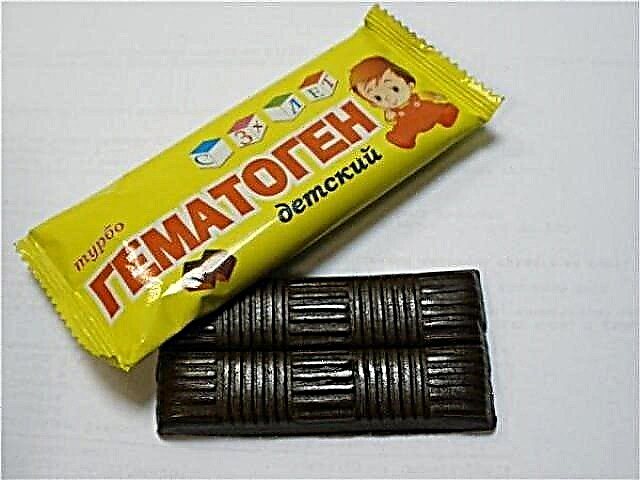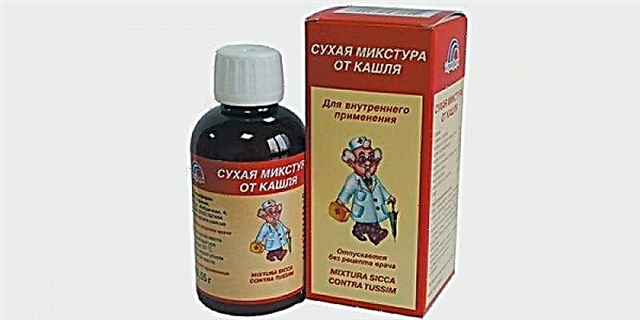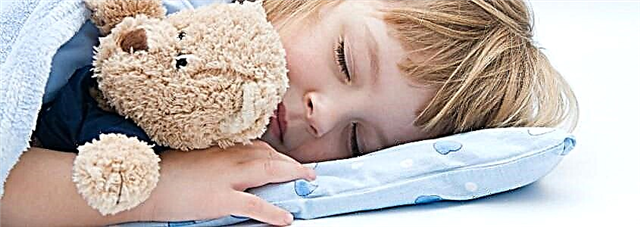
Increased body temperature and blisters on the skin - such symptoms of chickenpox are familiar to anyone who has heard of this childhood infection. And if any of these manifestations of chickenpox is not, the parents have a completely natural question whether the child really has chickenpox. Mothers are always interested in this if the child has a rash, but the temperature has not increased. Does this situation happen with chickenpox and what does it talk about?

How is chickenpox spread
The causative agent of chickenpox, which belongs to herpes viruses, is transmitted from sick children by airborne droplets to those children and adults who do not have immunity to chickenpox. Susceptibility to such a virus is very high (up to 90%), and the pathogen itself is very volatile (it can be carried tens of meters), so everyone who has spent at least 5-15 minutes near a sick person is at risk of contracting chickenpox.
A child with chickenpox becomes contagious even during the incubation period (on the last day).
Further, he secretes the pathogen throughout the acute period, while the rash appears, and also for some time after the formation of the last vesicles on the skin (5 days). The first signs of the disease appear 7-21 days after contact with the source of the virus. On average, chickenpox can begin two weeks after infection.

A sick child in most cases acquires strong immunity to chickenpox, that is, does not get sick with such an infection until the end of his life. Re-development of the disease is extremely rare and is usually triggered by immunodeficiency states. However, the virus that causes chickenpox does not leave the body after recovery, but remains in the tissues of the nervous system. In old age, he is able to provoke a disease called herpes zoster.

Can there be no temperature?
The course of chickenpox in children aged 2-7 years is most often represented by a mild form. And with such chickenpox, the body temperature really may not rise. You can understand that the baby is sick with chickenpox by the rash traditional for this infection. It is first represented by small spots, which very quickly increase, becoming papules, and then - watery unicameral vesicles.
Soon, such bubbles dry up, becoming covered with crusts, and new spots may appear nearby, which also transform into a bubble rash. Crusted rashes heal completely within 1-2 weeks and, if the child has not combed them and has not brought bacteria into the wounds, no traces are left behind.
The first elements of a chickenpox rash appear on the skin of the trunk, and then the mother can find them on the limbs (except for the feet and palms) and on the head. With a mild course, the rash is not abundant and can be represented by only one "wave", that is, the rash appears on the first day of the disease, and new bubbles are not formed the next day.
Separately, it should be noted that the chickenpox rash is very itchy and itchy. This causes discomfort to the child and causes vagaries and poor sleep.

Treatment for mild chickenpox
Chickenpox flowing without temperature is treated at home, paying attention sparing diet and drinking plenty of fluids. Prepare light and nutritious meals for your child, avoiding spicy, salty and smoked foods.
In addition, a baby with chickenpox should be given more warm liquid, even if the temperature is not elevated. This will help the body to deal with the virus faster and avoid complications.
Because of the pronounced itching in the treatment of mild chickenpox, the treatment of rashes plays a significant role. The use of various local remedies helps not only relieve itching, but also dry the blisters faster, and also prevent their infection.

Many modern parents refuse the greenery traditional for our country in favor of colorless and more effective means, among which the most in demand are:
- Hydrogel PoxClean.
- Suspension Tsindol.
- Lotion Calamine.
However, you can use brilliant green in the old fashioned way or its more pleasant-looking analogue - fukortsin (pink antiseptic). Such funds do a good job of disinfecting and drying the skin with chickenpox, which resists the penetration of pathogenic bacteria into the affected skin.
It is also worth noting that if you do not want to use any local therapy, nothing terrible will happen - even if you do not lubricate chickenpox pimples with any means, they will heal without a trace. Provided that the rules of personal hygiene are observed, and the child will not comb the bubbles.

You can learn more about chickenpox from the program of Dr. Komarovsky.



